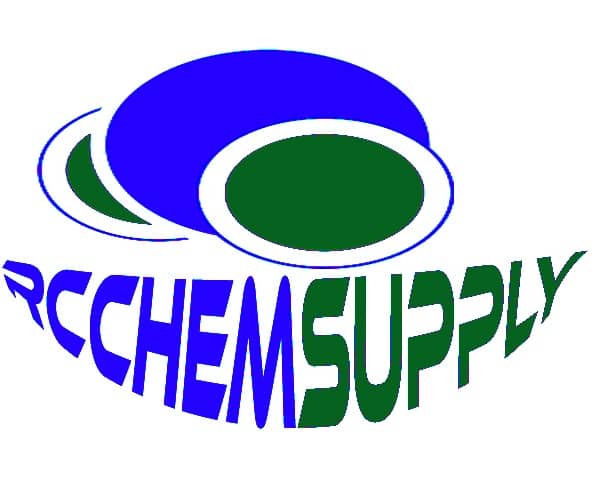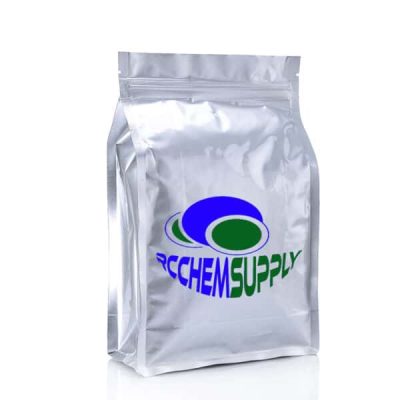Buy mephedrone for plant use: Why “Plant Use” Was Always a Dangerous Myth
In dimly lit online marketplaces and smoke-filled head shops, a product labeled plant fertilizer ignited a global health crisis. Mephedrone, a synthetic stimulant chemically akin to cathinone in the khat plant, flooded markets in the late 2000s under the guise of gardening supplies. But its rapid fall from “legal high” to a banned substance exposes a dark dance between underground chemists and flawed drug laws. Below, we dissect the deception behind mephedrone’s plant use claims and the irreversible harm it left in its wake.
The Legal Loophole Behind Mephedrone’s ‘Plant Food’ Myth
Mephedrone’s creators exploited a glaring gap in drug regulation. By branding it as plant fertilizer or bath salts — with disclaimers like “Not for Human Consumption” — vendors sidestepped bans on controlled substances. This labeling trick allowed widespread distribution through online platforms and specialty stores, particularly in the UK, where over 60 websites sold it as a gardening aid by 2010.
The strategy mirrored tactics used for other synthetic cathinones, but mephedrone’s effects were uniquely potent. Users likened its rush to a cocktail of cocaine and MDMA, with euphoria lasting 1–3 hours. Yet, these fleeting highs came at a cost: reports of cardiac arrests, psychosis, and fatalities soon surfaced.
The Science of Synthetic Cathinones
Mephedrone’s chemical name, 4-methylmethcathinone, nods to its roots in the khat plant’s natural stimulants. But unlike khat’s mild alkaloids, mephedrone’s lab-engineered structure made it far more addictive and toxic. First synthesized in 1929, it reemerged in the 2000s as chemists capitalized on ambiguities in the UK Misuse of Drugs Act (1971).
| Advertised Use | Reality |
|---|---|
| “Plant fertilizer” | No peer-reviewed agricultural applications |
| “Bath salts” | Never used in cosmetic products |
| “Research chemical” | Sold for recreational misuse |
Health Risks and Legal Reckoning: Beyond the Hype
The “plant food” label failed to mask mephedrone’s dangers. Hospitals documented cases of hyperthermia, seizures, and vasoconstriction — a condition causing limbs to turn blue from restricted blood flow. After an 18-year-old’s death in Sweden was linked to the drug, governments worldwide scrambled to act. The UK classified it as a Class B drug in 2010, while the US banned it under the Synthetic Drug Abuse Prevention Act (2012).
Despite bans, suppliers pivoted to new analogs like naphyrone, perpetuating a cycle of evasion.
Closing the “Legal High” Trap
Mephedrone’s rise forced lawmakers to rethink drug policies. The UK Psychoactive Substances Act (2016) outlawed all psychoactive compounds, shutting down the “not for human use” loophole. Similarly, the EU’s 2015 bloc-wide ban targeted synthetic cathinones.
Yet, the damage lingered. Former users and families grappled with addiction and loss, while harm reduction groups like DrugWise pushed for better education on synthetic drugs.
Stay Informed: Question Labels, Demand Transparency
Mephedrone’s story warns against trusting clever marketing. Substances sold as plant additives or research chemicals often hide untested, lethal risks. For reliable updates on drug policy, consult resources from the UN Office on Drugs and Crime or peer-reviewed studies on PubMed.
Ask questions before trusting a product. That “fertilizer” could be a chemical wolf in botanical clothing.
Join the Conversation
Have you encountered misleading drug marketing? Share your story below—awareness saves lives.


